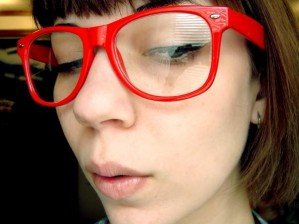
According to researchers, using the science of physics can help your roulette strategy — even if you’re not exactly scientifically-inclined.
A recent study conducted by the University of Western Australia suggests that a simple physics model, as communicated in a computer program, will result in a roulette winning ratio of 18 percent, as opposed to the -2.7 percent ratio typically achieved by players.
During the study, university mathematician Michael Small, along with a colleague, Dr. Chi Kong Tse, used this computer program to calculate the exact point where the roulette ball ceased to bounce after a spin. This helped them to identify which deflector was hit — and, ultimately, which particular square the ball landed in once it stopped moving.
By looking at these factors, Small said that it’s entirely possible to accurately pinpoint the velocity of the ball — a calculation that can help determine the final results of a spin.
By using this physics-based computer model, Small said that researchers were able to achieve a winnings ratio of 18 percent and higher, which represents a substantial improvement over the usual -2.7 winnings ratio for a typical roulette game.
Although there is no current practical application for this physics model, Small said that it’s entirely possible for a smartphone app to be developed that could use this method to help players estimate the winning numbers while playing roulette.
As for whether casinos will allow this sort of a device at the roulette table, it’s too early to say — but roulette enthusiasts can rest assured that there’s probably a team of researchers who are already working on condensing this physics model into a convenient smartphone app for the retail market.









